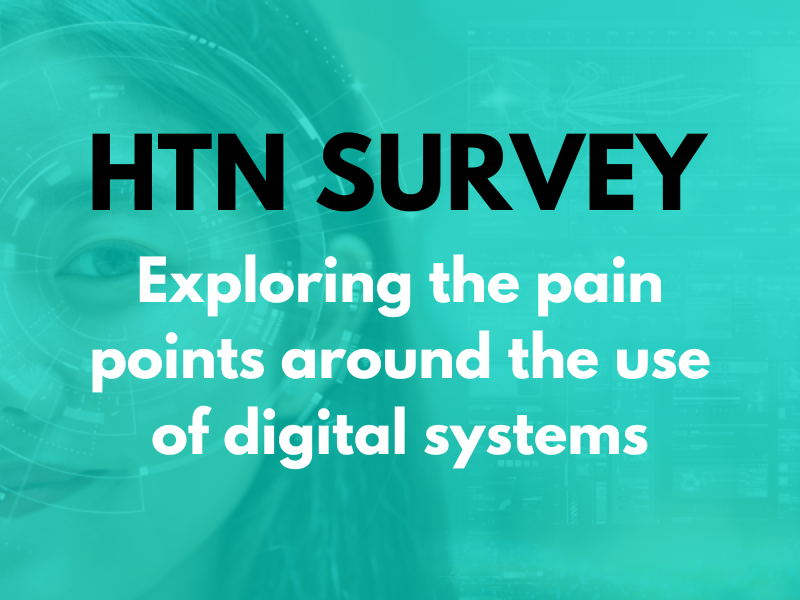GE HealthCare has announced its acquisition of medical imaging software provider Intelerad at a cost of $2.3 billion, as part of wider aims to create a fully-connected, cloud-first imaging ecosystem and to triple its cloud-enabled product offering by 2028.
According to GE HealthCare, the move brings AI and workflow orchestration, cloud PACS, and image sharing into its software as a service business model, combining the company’s existing AI portfolio with Intelerad’s cloud and AI orchestration capabilities.
Peter Arduini, president and CEO of GE HealthCare, said: “Our acquisition of Intelerad will bring additional cloud-enabled and intelligent solutions in radiology and cardiology into our portfolio of products and extend our capabilities into outpatient networks, enabling care teams to be more efficient, improve outcomes, and deliver precision care for patients globally.”
Acquiring Intelerad’s cloud-first products for radiology and cardiology will reportedly allow for GE HealthCare’s expansion into outpatient and ambulatory care settings, with GE commenting that its new combined capabilities “will create a more comprehensive, cloud-first and AI-enabled imaging offering spanning diverse care settings—from large academic medical centers to rapidly expanding ambulatory networks”.
Wider trend: Operational transformation
HTN visited Bradford Teaching Hospitals to learn more about its Command Centre model and what it means for operational performance, including impacts on the emergency department, patient flow, discharge, deterioration management, and the trust’s plans for the future. Through a collaboration with GE HealthCare and the introduction of the Command Centre, BTHFT embarked on an organisational and operational transformation programme, enabling the trust to operate at a higher performance level. By utilising digital technology, analytical insights, redeveloped workflows and processes, and dedicated staff, BTHFT developed an optimised operating model to maximise resources and proactively manage demand.
NHS England’s 2025/26 priorities and operational planning guidance outlined a focus on local prioritisation and planning, reducing wait times, and improving access and patient flow. “Greater financial flexibility” was promised to systems in managing their budgets, and increased local autonomy with support and intervention from NHSE “based on their specific needs and performance”. Introducing the objectives and priorities, NHSE encourages systems to “shift their focus” from inputs to outcomes for patients and local communities, and notes the need for “a relentless focus” on operational performance, productivity improvements, and reductions in variation, delays, and waste.
NHS Cheshire and Merseyside has shared some of the key benefits of using their imaging dashboard, CAMDASH, including a reduction in waiting lists for radiology and improved efficiency. According to the ICB, “15,000 fewer people have waited more than six weeks for radiology diagnostics such as ultrasounds and MRIs” since the introduction of the dashboard back in March 2024. They’ve also highlighted the ability to spot data issues early, to support individual trusts to “act quickly, protect patients, and reduce inequalities in access to care”.







